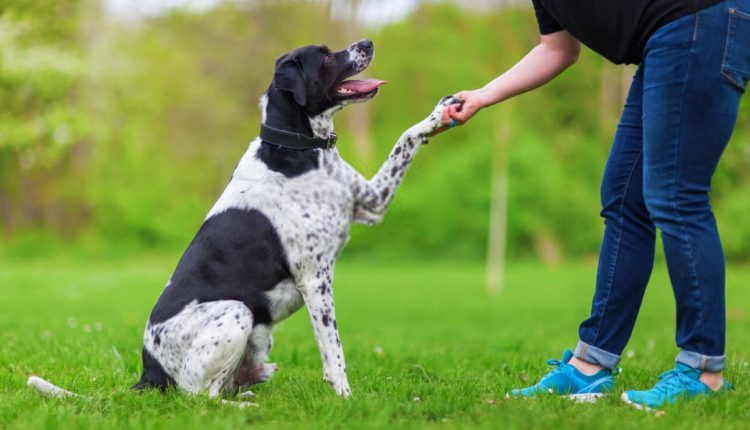Dog Training: Guide to a Well-Behaved Canine
Dog Training: A Comprehensive Guide to a Well-Behaved Canine
Training your dog is a crucial part of responsible pet ownership. A well-behaved dog is not only a pleasure to be around but also safer for everyone involved. In this comprehensive guide, we will explore the fundamentals of dog training, from basic commands to advanced techniques. Whether you have a new puppy or an older dog, these tips will help you achieve success in your dog training journey.
Understanding the Basics
1. Positive Reinforcement Training
Positive reinforcement is a cornerstone of effective dog training. This technique involves rewarding your dog for good behavior, using treats, praise, or toys to reinforce the desired actions. For instance, when teaching your dog to sit, offer a treat when they follow the command correctly.
2. Consistency is Key
Dogs thrive on routine, so consistency in your training is essential. Use the same commands and rewards each time to avoid confusion. Ensure that all family members are on the same page when it comes to training methods and commands.
3. Patience and Persistence
Dog training can be challenging, and it’s essential to be patient and persistent. Some dogs may learn quickly, while others may take more time. Be prepared for setbacks and keep a positive attitude.
Basic Commands
4. Sit
Teaching your dog to sit is one of the most fundamental commands. Use a treat to lure them into a sitting position and say the word “sit” as they do it. Reward them immediately.
5. Stay
The “stay” command is vital for keeping your dog safe. Start with your dog in a sitting position and tell them to “stay.” Gradually increase the distance between you and your dog and reward them for remaining in place.
6. Come
Teaching your dog to come when called is crucial for their safety. Use a leash and say “come” while gently pulling them towards you. Reward them when they reach you.
Advanced Training Techniques
7. Down
The “down” command is similar to “sit.” Use a treat to guide your dog into a lying-down position and say “down.” Reward them once they obey.
8. Leave It
“Leave it” is essential for preventing your dog from picking up dangerous or undesirable items. Start by placing a treat in your closed hand and saying “leave it.” When your dog stops trying to get the treat, reward them with a different treat.
9. Heel
Teaching your dog to heel means they should walk by your side without pulling on the leash. Use treats and practice walking, rewarding them for staying close to your leg.
Common Behavioral Issues
10. Barking
Excessive barking can be a nuisance. Address the root cause of the barking and use commands like “quiet” or “enough” to discourage it.
11. Chewing
To prevent destructive chewing, provide appropriate chew toys and discourage chewing on furniture or other items.
12. Aggression
If your dog displays aggression, seek professional help immediately. Aggression can be a complex issue that requires expert intervention.
Keep in mind
Effective dog training is a journey that requires time, effort, and consistency. By using positive reinforcement and the right techniques, you can have a well-behaved and happy canine companion. Remember to be patient and persistent in your training, and seek professional help for complex behavioral issues. With the right approach, you and your dog can enjoy a long and fulfilling partnership.
In conclusion, dog training is an essential aspect of pet ownership, and by following these guidelines, you can ensure a harmonious relationship with your furry friend. Happy training!

